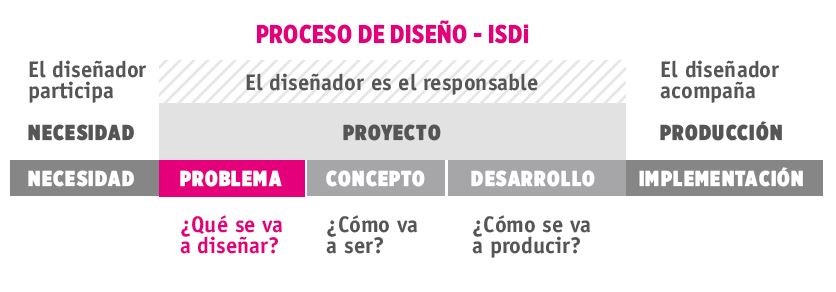Research in the early stages of the Industrial Design Process.
##plugins.themes.bootstrap3.article.main##
Abstract
The design of new products, no matter how basic, always involves a process; that starts from the recognition of an unsatisfied need, or capable of improving in some sense. The industrial design process involves planning and carrying out a complex set of activities, which vary according to the project and the design order to be developed; organized by stages or phases, according to the approach of some authors, always starting with the collection and analysis of the required information. The design has undergone changes, what a few years ago was a constant design experimentation has been combined with research, analyzing the problem in greater depth. The same one stopped being an intuitive and casual discipline, happening to be an investigative scientific discipline; The rigor of the Scientific Method is not so evident, but it is with the deserved demand to give duly grounded answers to design solutions. It is necessary to recognize that the designer faces problems, whose objective is to seek and find an optimal solution; This solution is not the product of chance, it is the product of the results of a process that the professional develops and that is directly related to the collection and management of information. This work aims to analyze the investigative action with the project of a designer, starting from authors who approach the investigation within the first stages of the industrial design process.
##plugins.themes.bootstrap3.article.details##

This work is licensed under a Creative Commons Attribution-NonCommercial-ShareAlike 4.0 International License.
- Attribution — You must give appropriate credit , provide a link to the license, and indicate if changes were made . You may do so in any reasonable manner, but not in any way that suggests the licensor endorses you or your use.
- NonCommercial — You may not use the material for commercial purposes .
- No additional restrictions — You may not apply legal terms or technological measures that legally restrict others from doing anything the license permits.
- ShareAlike — If you remix, transform, or build upon the material, you must distribute your contribution under the same license as the original. NOTE: This point applies to numbers 1 to 20 of the magazine with the previous CC-BY-NC-SA 4.0 license. Does not apply to the new CC BY-NC 4.0 license from Volume 11, Number. 21 (2024).
References
Añorga Morales, J. V. (2008). La parametrización en la investigación educativa. Varona, 47.
Ariza, V. (2010). Estado del arte de la investigación en diseño, su construcción y resultados en posgrados del área en universidades mexicanas. Memorias de DISEÑO + 4 ° Encuentro internacional de investigación en diseño. Cali: Universidad lcesi.
Ballesteros, B. A. (2014). Taller de investigación cualitativa. Madrid: UNED.
Bayazit, N. (2004). Investigating Design: A review of Forty Years of Design Research. Design Issues: 20(No. 1), 16 - 29.
Blessing, L. (28 de 2 de 2016). DRM: A Design Research Methodology. Konstruktionstechnik Und Entwicklungsmethodik. Obtenido de http://www.ktem.tu-berlin.de/fileadmin/fg89/PDFs/Forschung/Flyer_Blessing_en.pdf
Bonsiepe, G. (2015). Recuperando la Proyectualidad.Conferencia Magistral dictada en el VIII Congreso Internacional de Diseño Forma 2015. FORMA 2015 (págs. 6-13). La Habana: FORMA.






















